In July I spent a few days in Sligo as a field assistant with an international, interdisciplinary team who are studying peritidal stromatolites. Stromatolites are layered rock formations created by microbes, and peritidal stromatolites form in the area of the shore that is affected by seawater from the tide or from sea spray. This makes them unique as they can experience large changes in salinity.
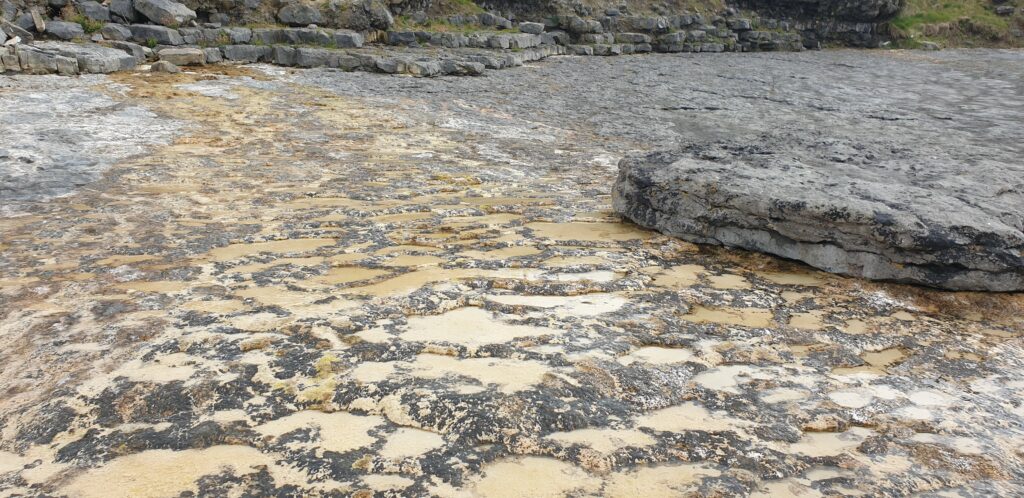
The group I was helping is known as EPStromNet – Extant Peritidal Stromatolite Network. I helped with PAM photosynthesis measurements (a measure of photosynthetic activity) as well as sampling for genetic analysis of the microbial communities in the stromatolites. You can read more about the group’s work here. I got the opportunity to work with them as a field assistant when I emailed one of them about a small stromatolite formation that I found when out walking. He kindly invited me on the trip and I tried my best to be helpful!

There were researchers there from Ireland, England, South Africa and Australia, and meeting so many knowledgeable people was a great opportunity.
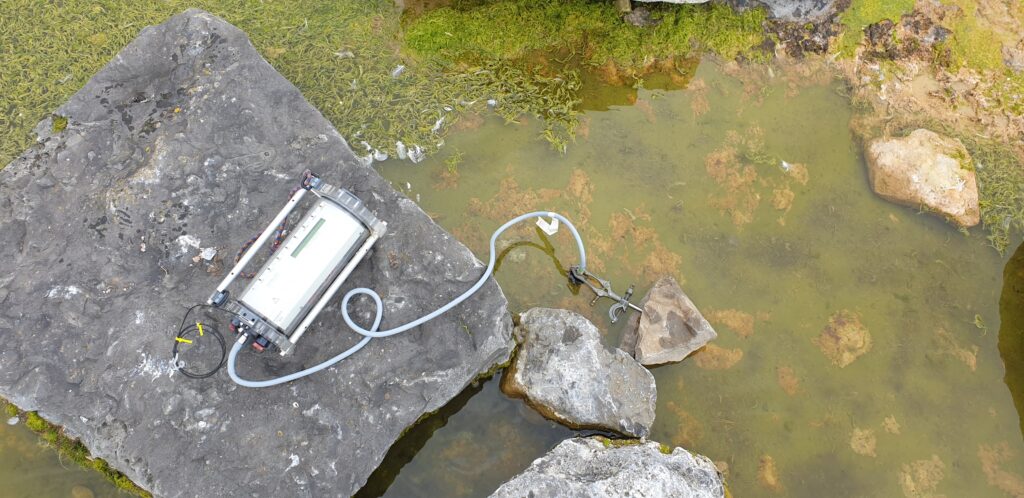

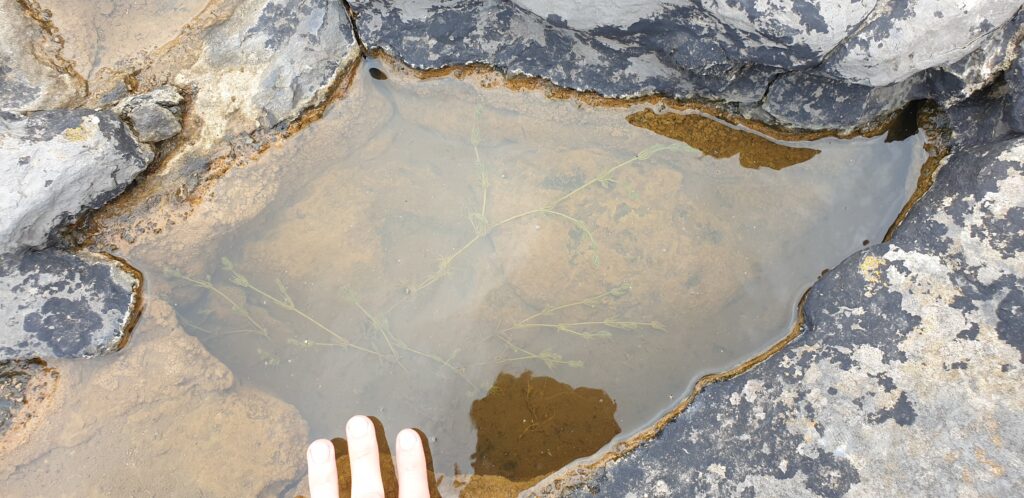
An interesting feature of many of the pools was eukaryotic life, particularly Gammarus amphipods and multicellular algae such as Chara. One of the researchers from South Africa, Gavin Rishworth, is studying the effects of animal grazers on the stromatolites, as the radiation of animals leading to increased grazing and bioturbation is one possible reason for the collapse of stromatolites in the Palaeozoic. The Gammarus didn’t seem to actively graze the microbial mats very much – they preferred the crumbs of food we accidentally dropped in the pools. There were also many plants, especially mosses, which grew in and around the pools. We even saw pustular stromatolites directly encrusting the rhizome of some thrift (Armeria maritima).
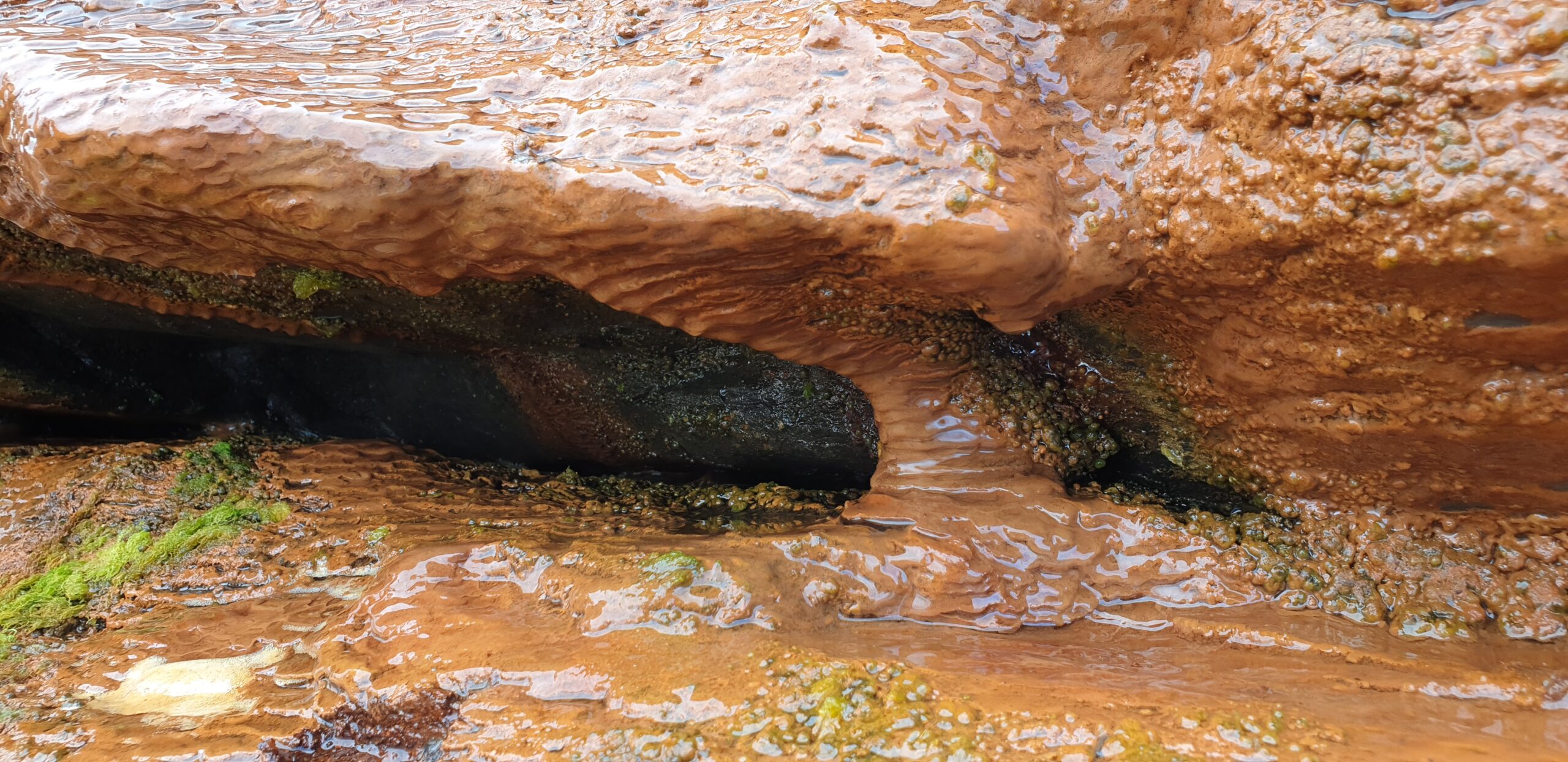
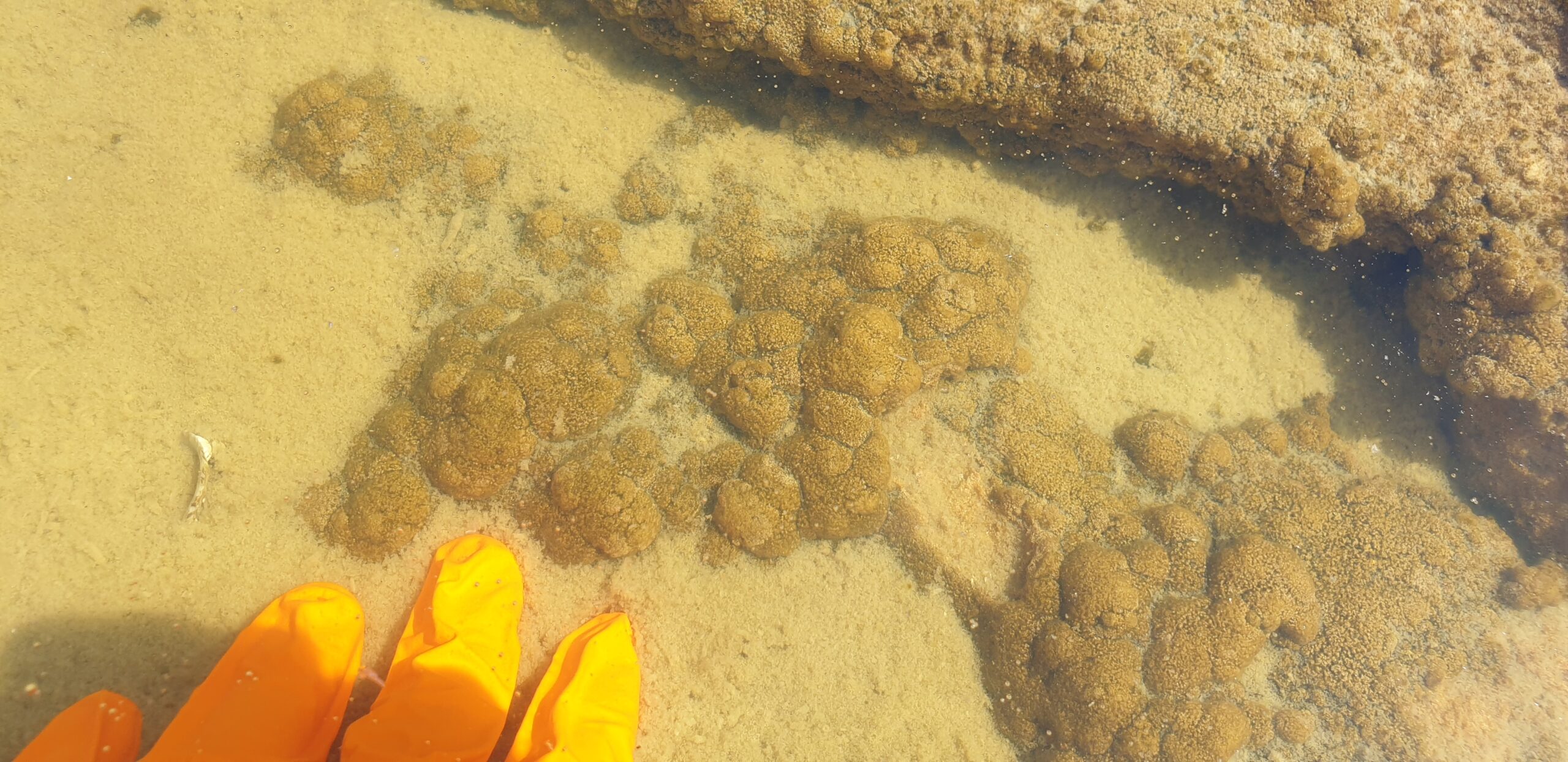
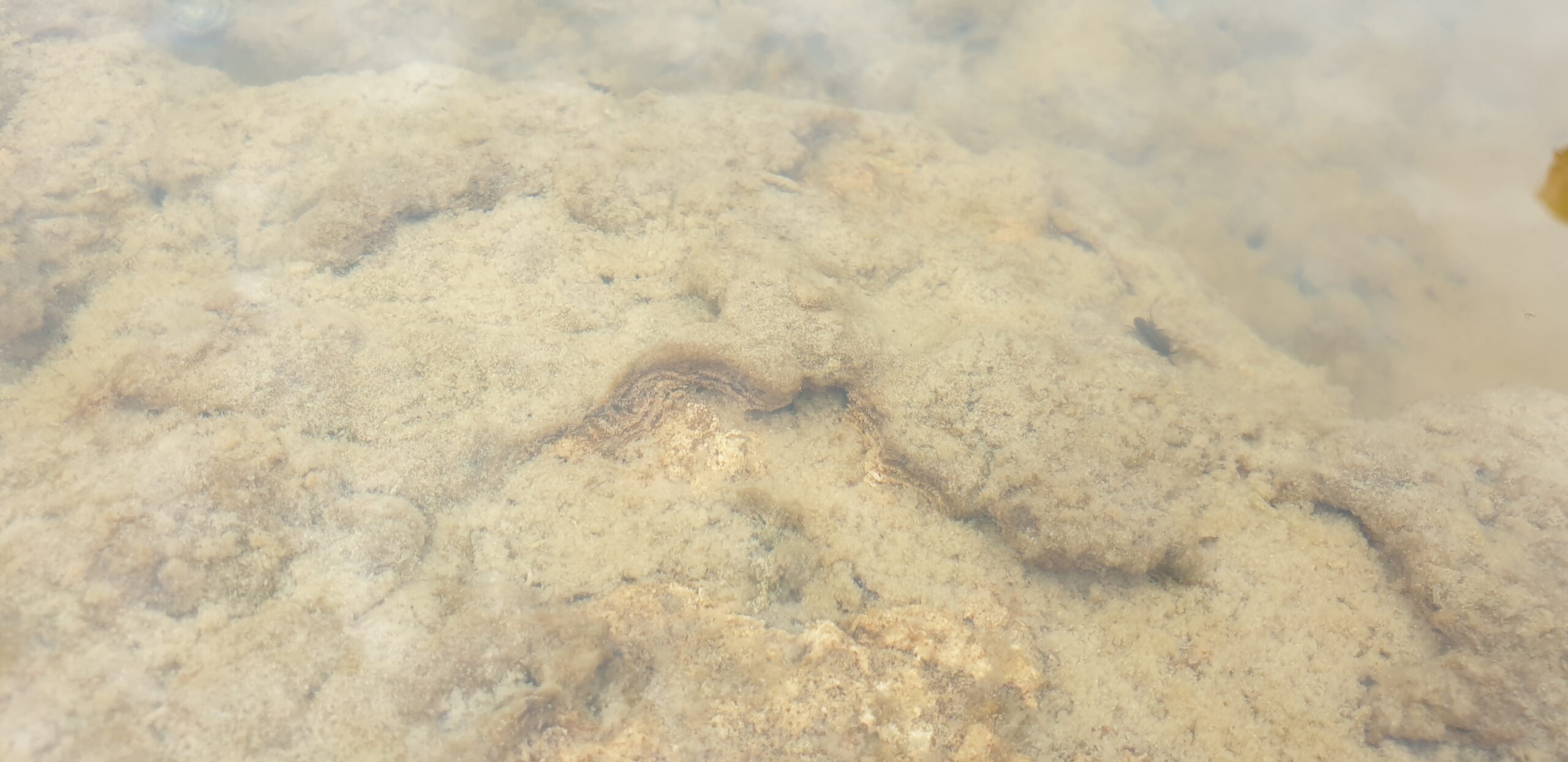
The formations on a smaller scale can form many different structures, including colliform (cauliflower-like), pustular (warty) and laminar (forming flattish layers). In the image on the right the layers are clearly visible where part of the formation has broken off.
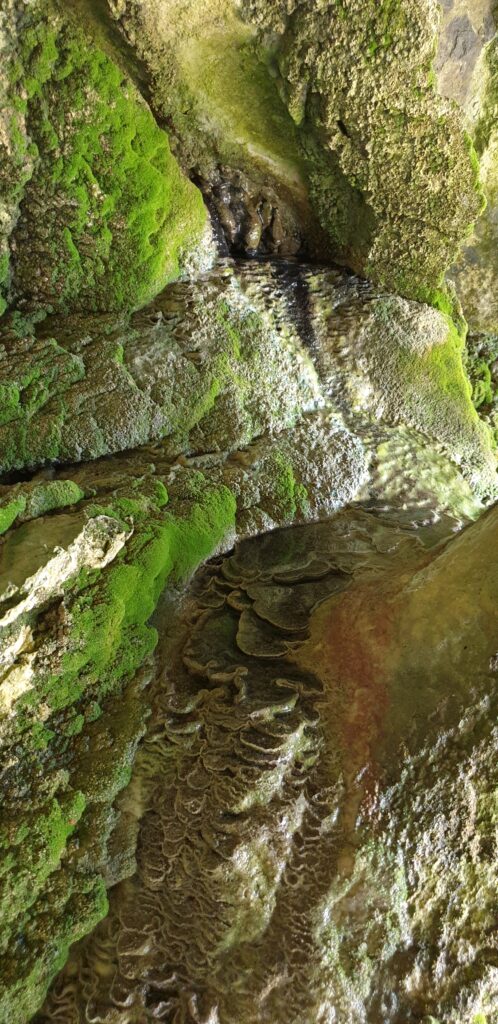
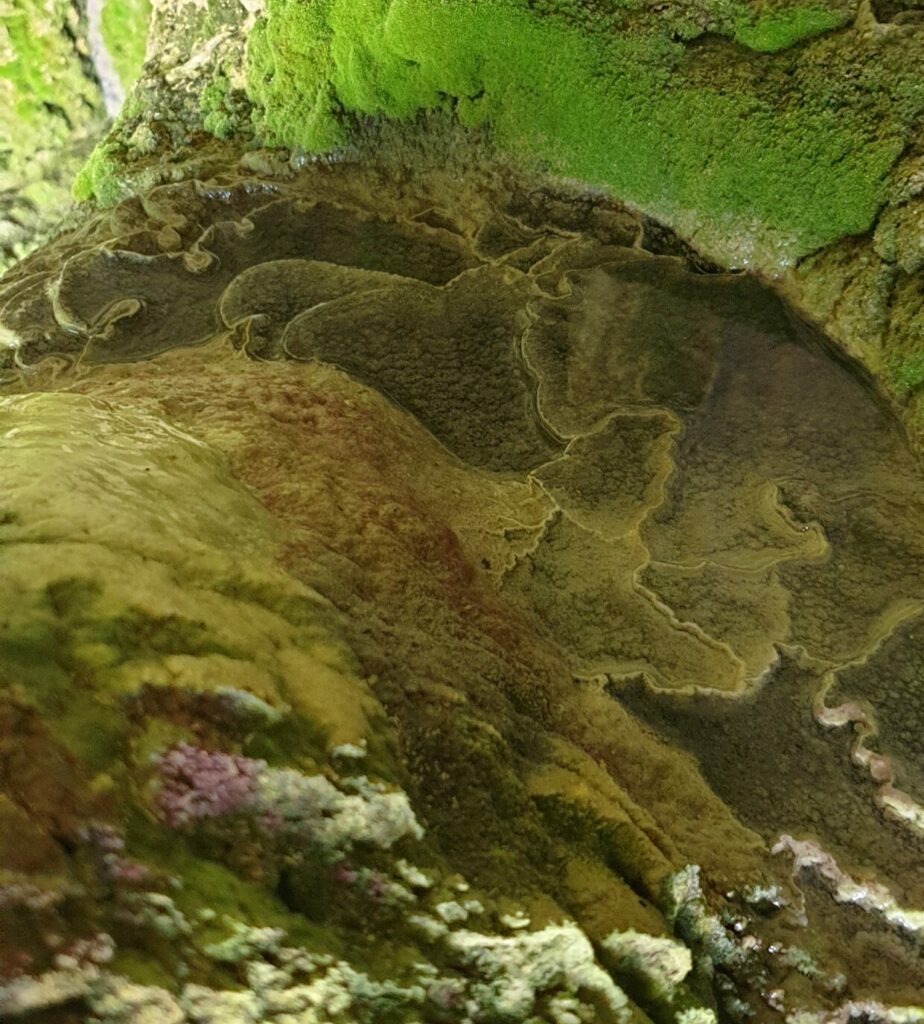
The landscape in Sligo was very beautiful, and it was nice to see so many plants which are uncommon in the north east of Ireland where I’m from. It was particularly interesting to see many machair specialities like grass-of-parnassus and fairy flax.
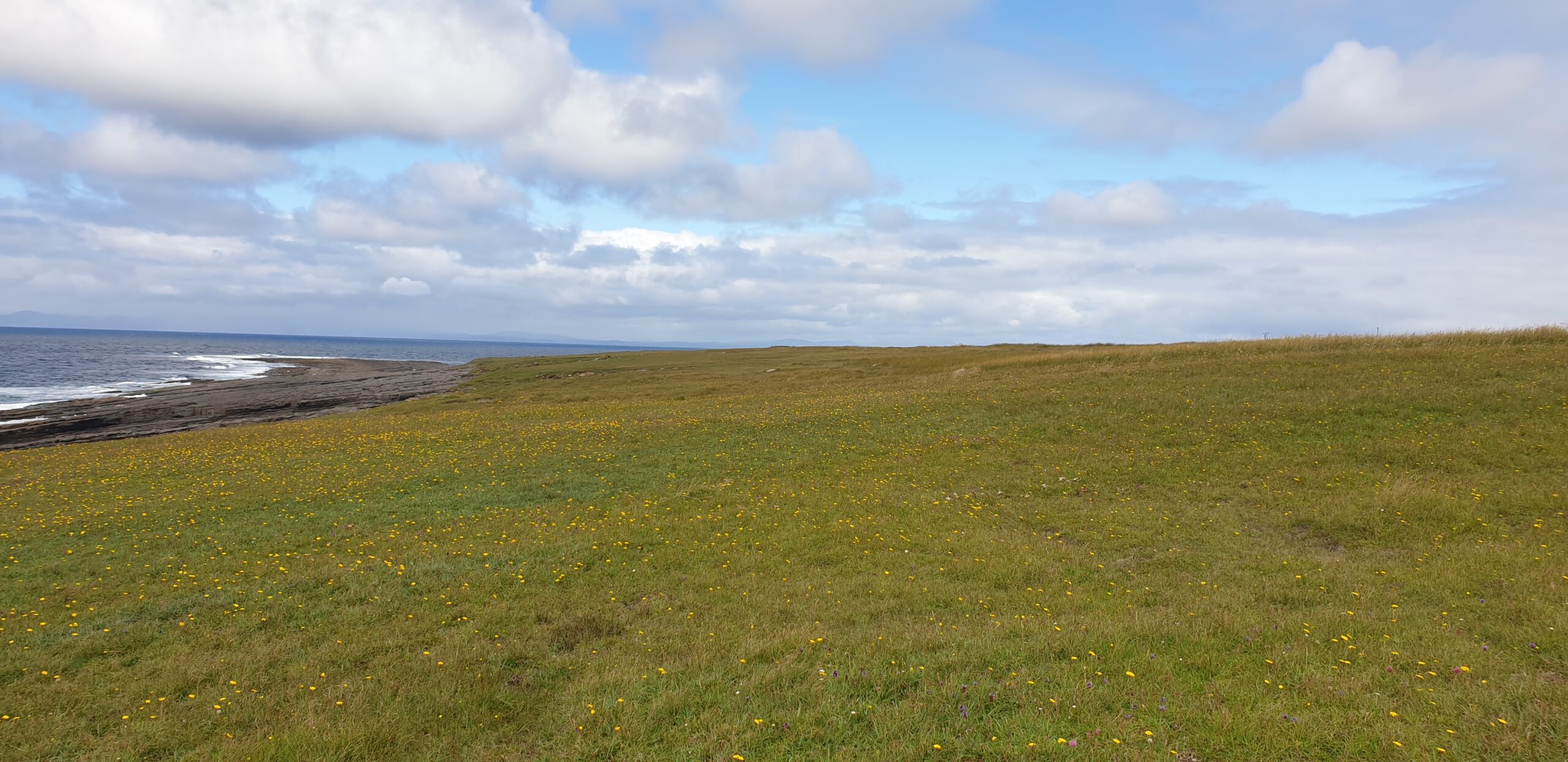

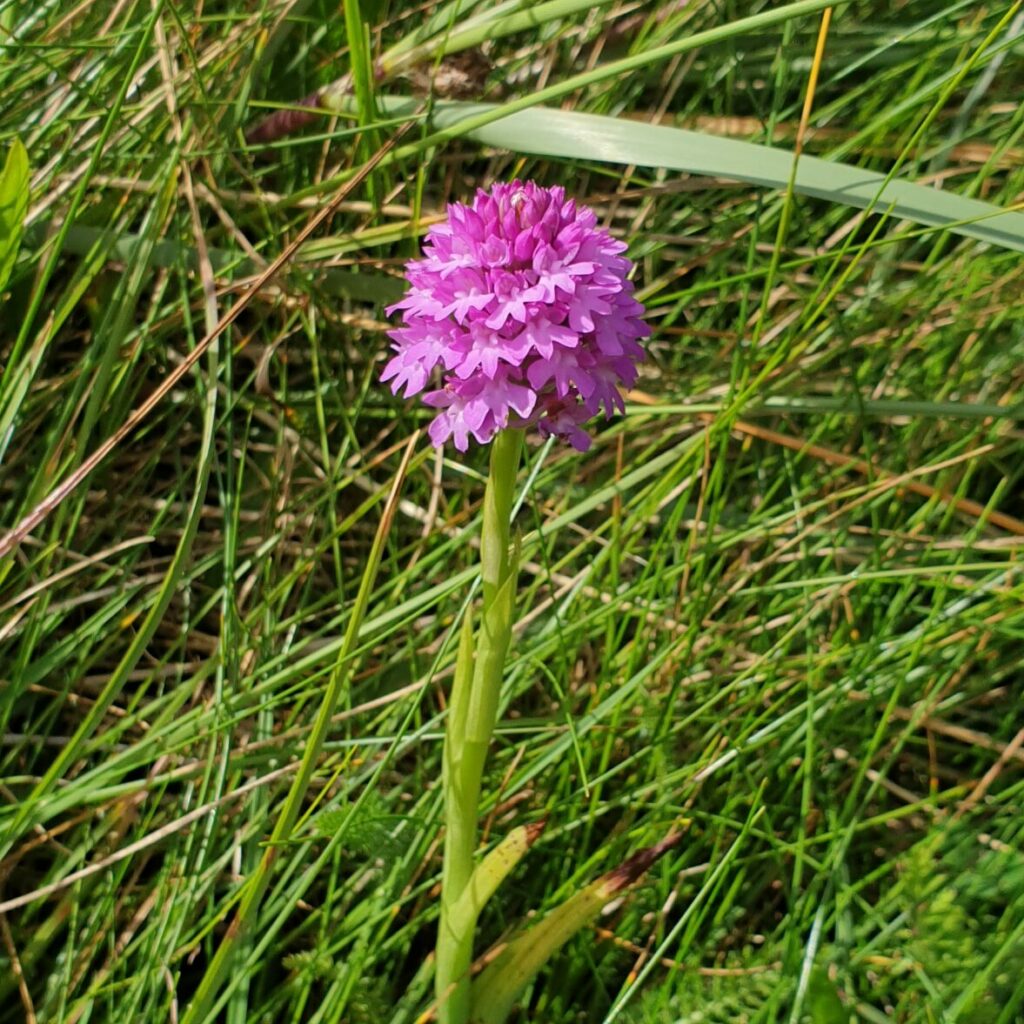
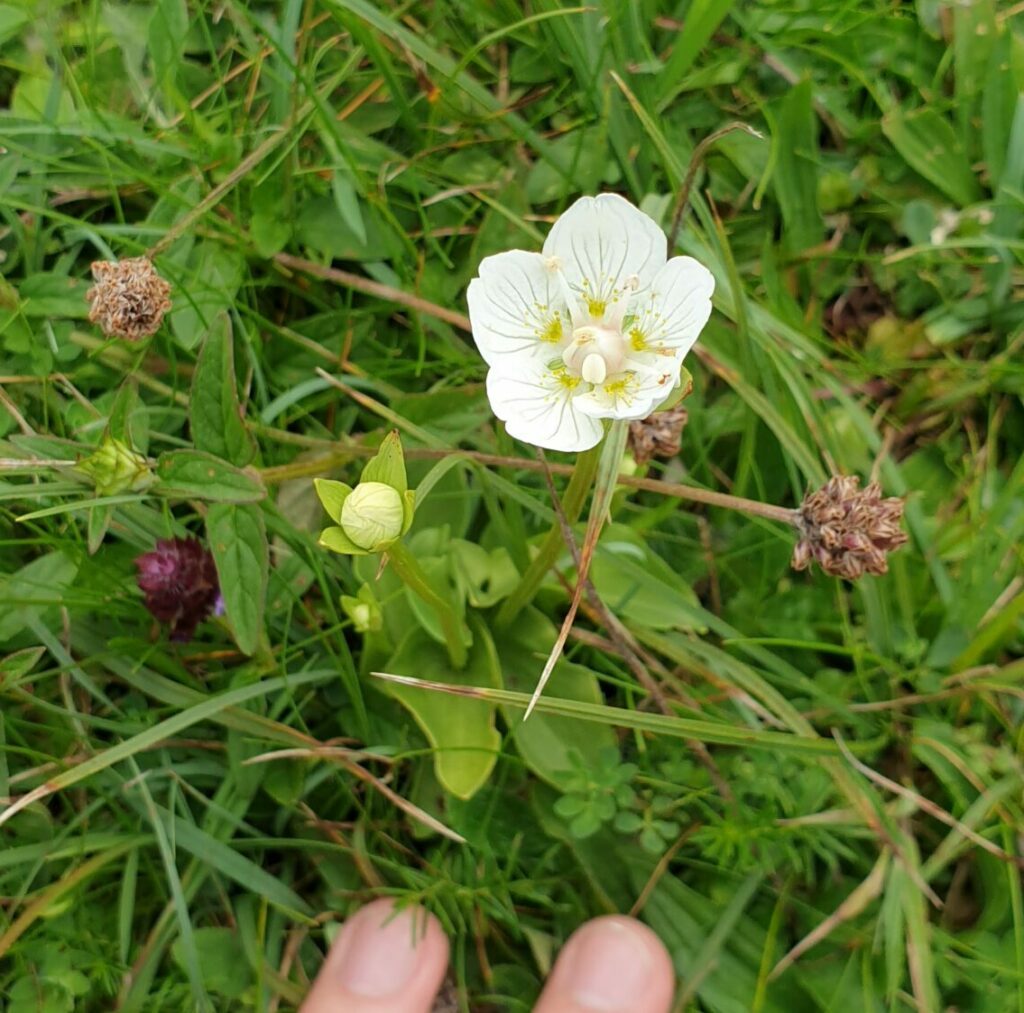
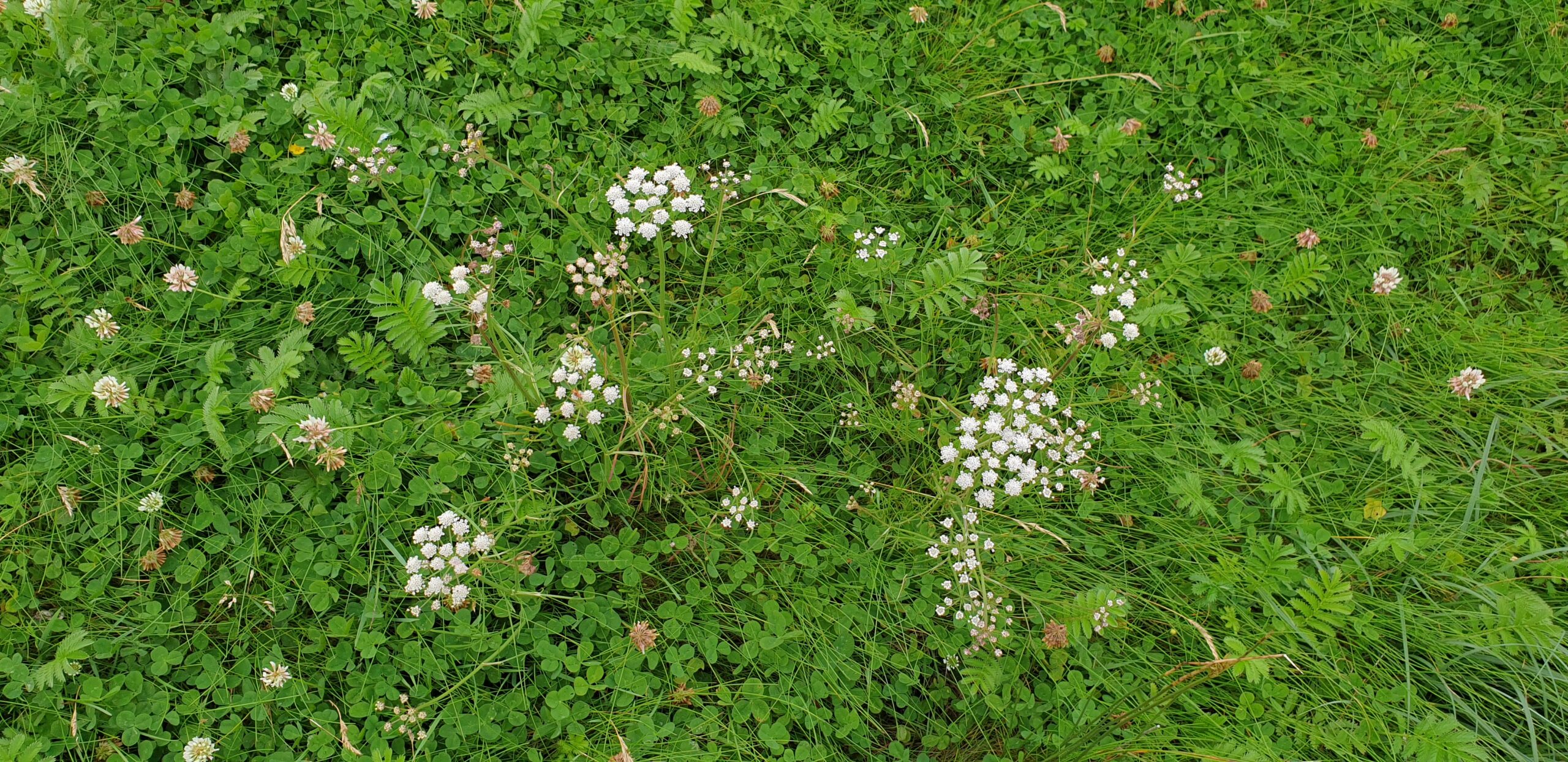
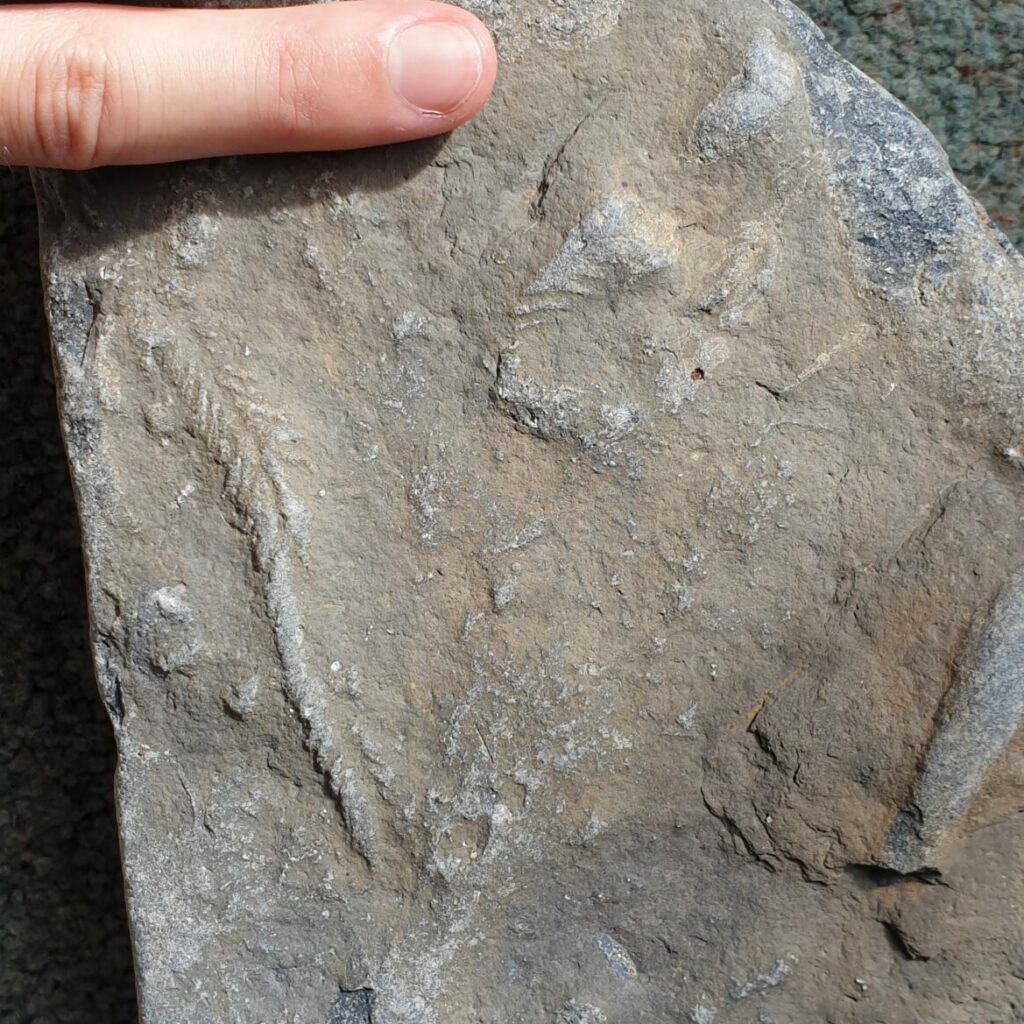
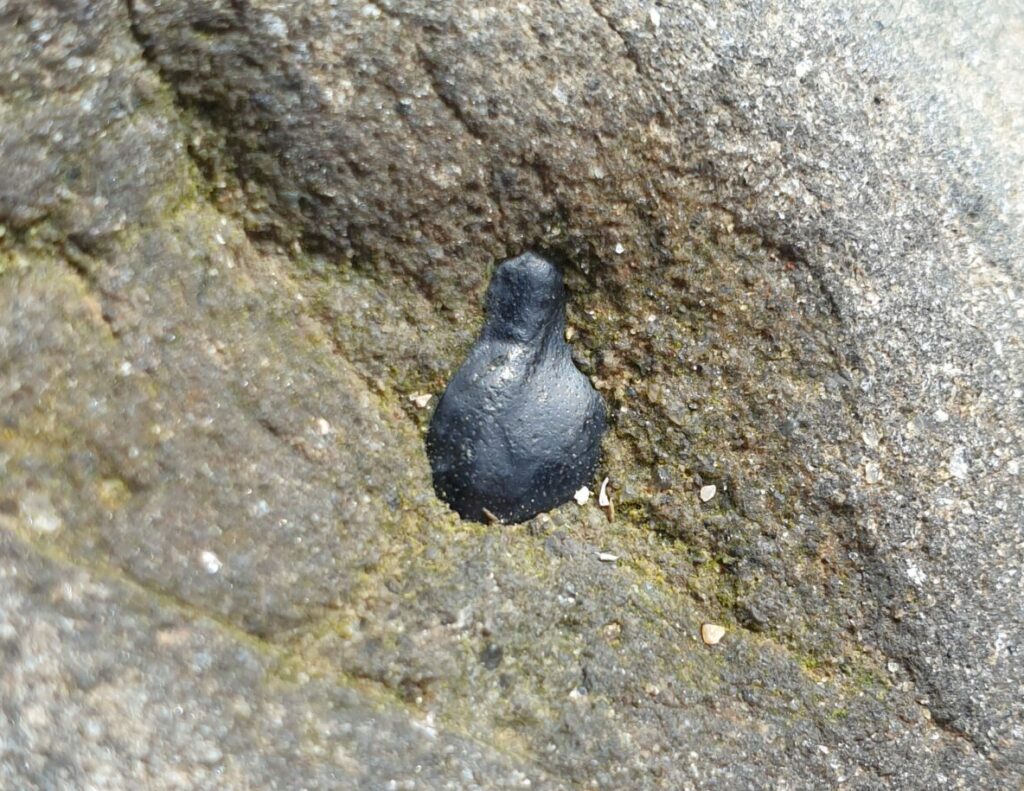
More photos from the team here:
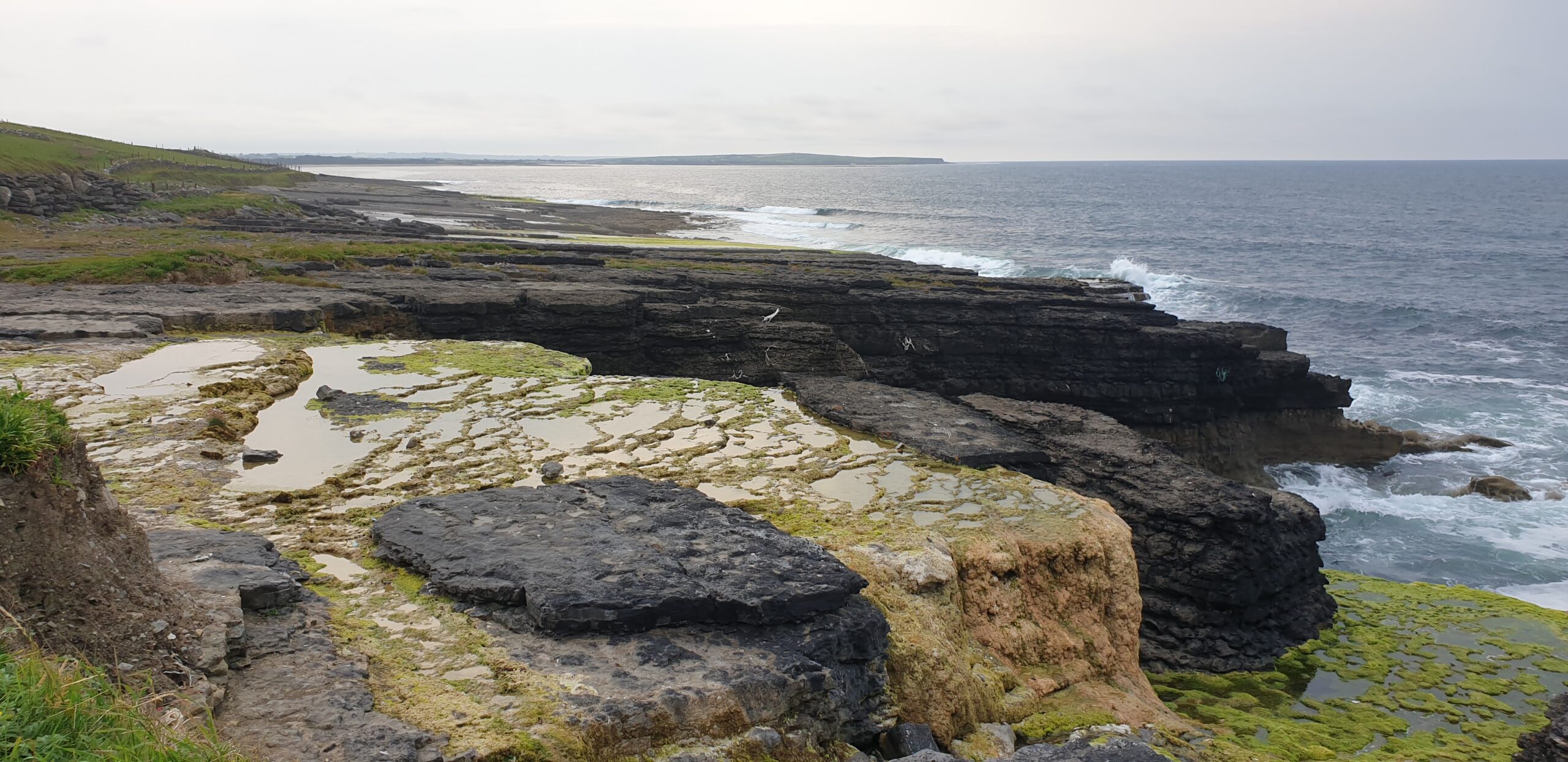
Leave a Reply